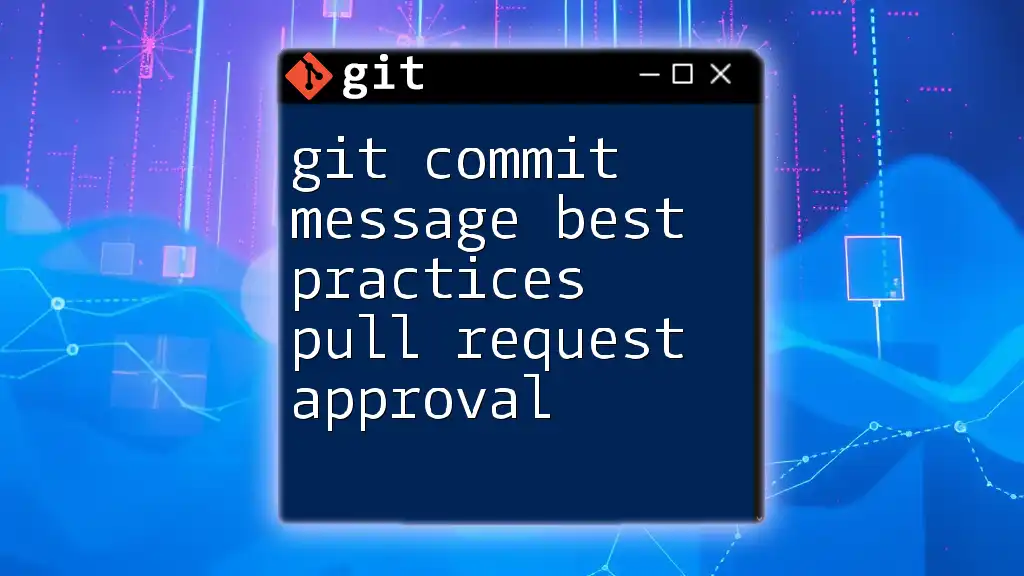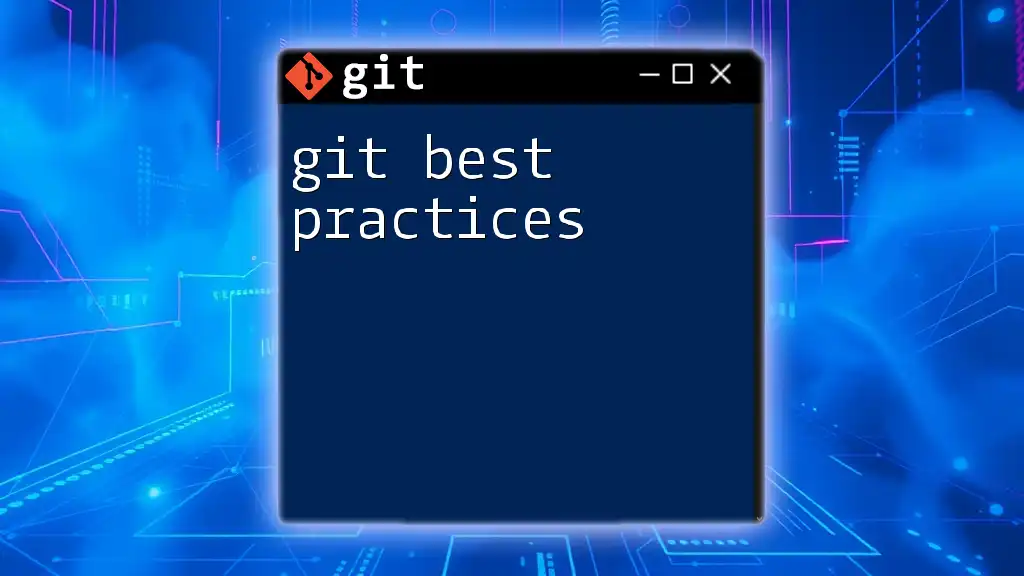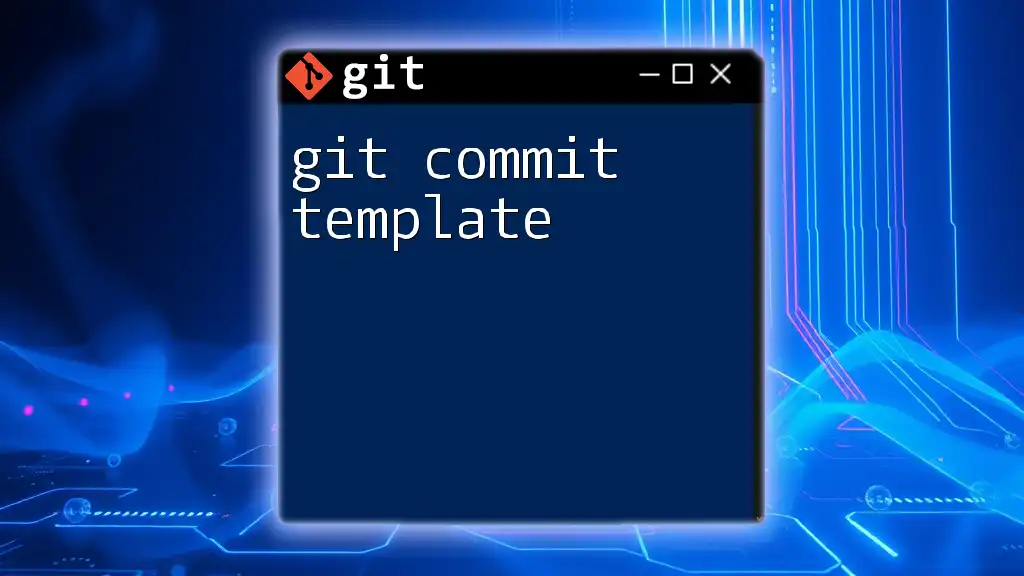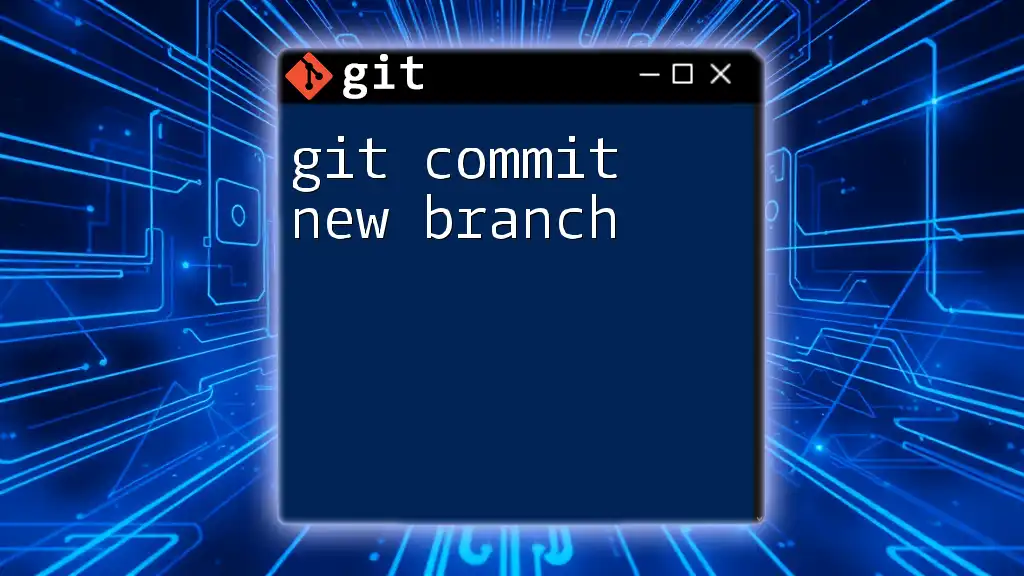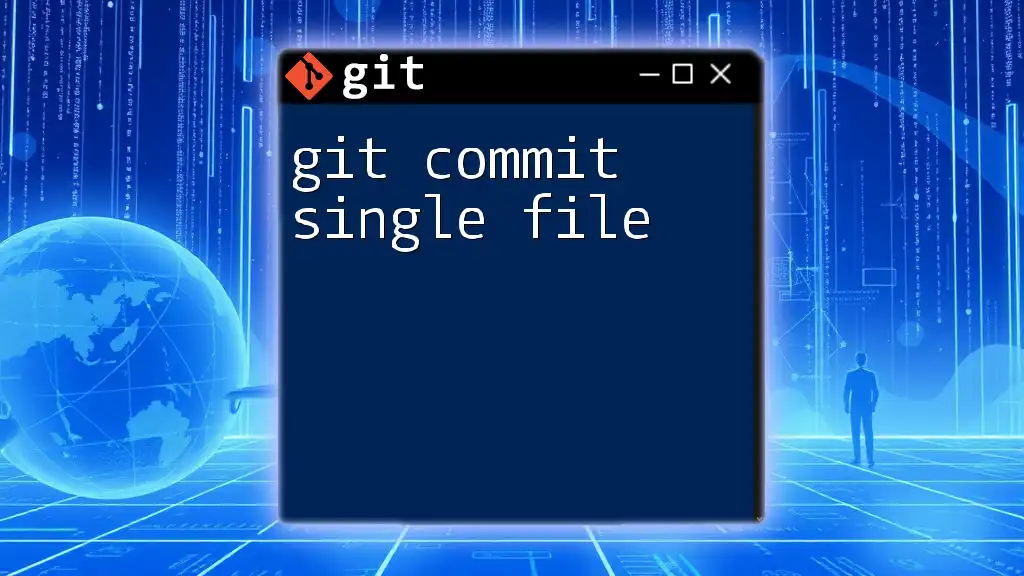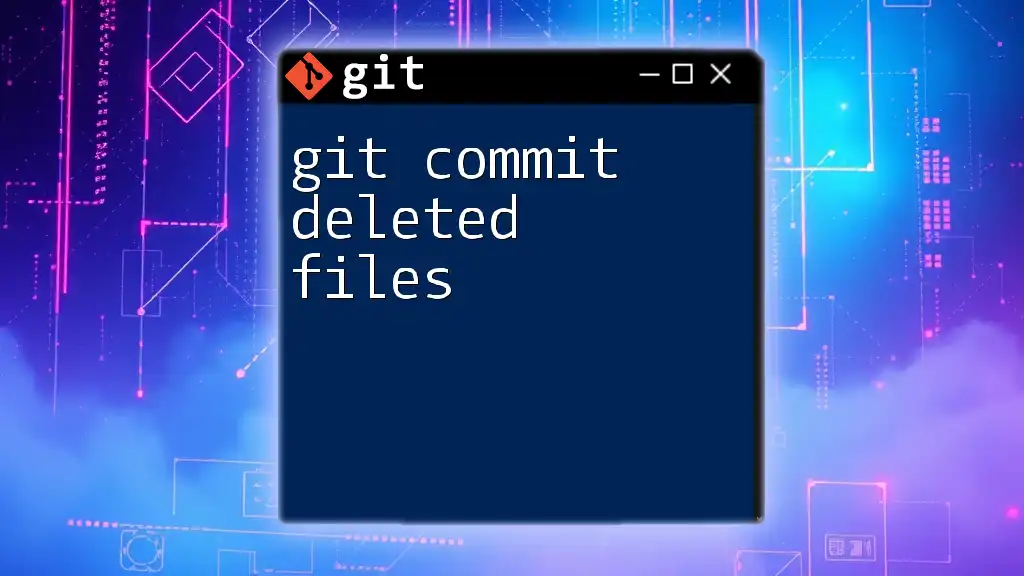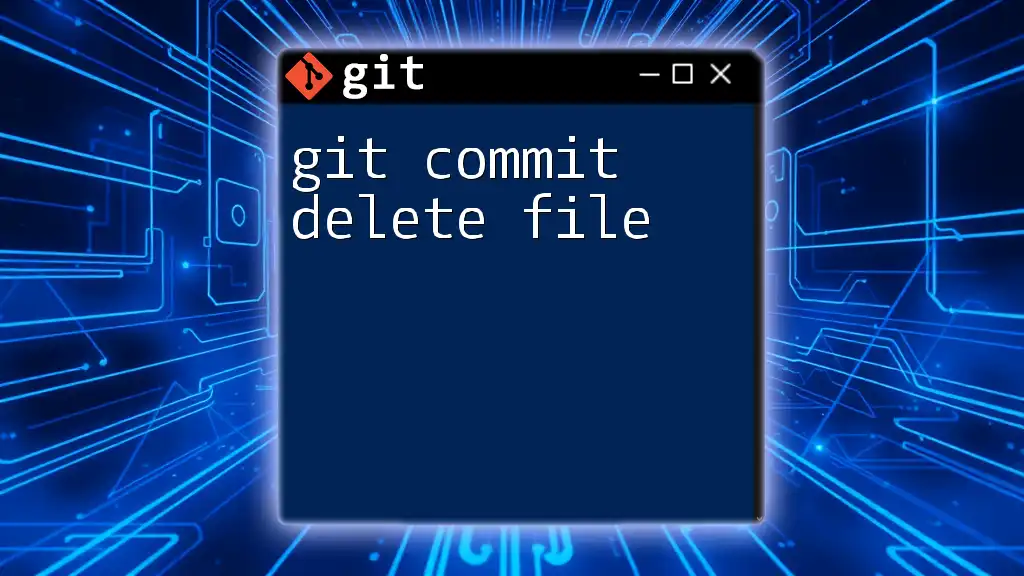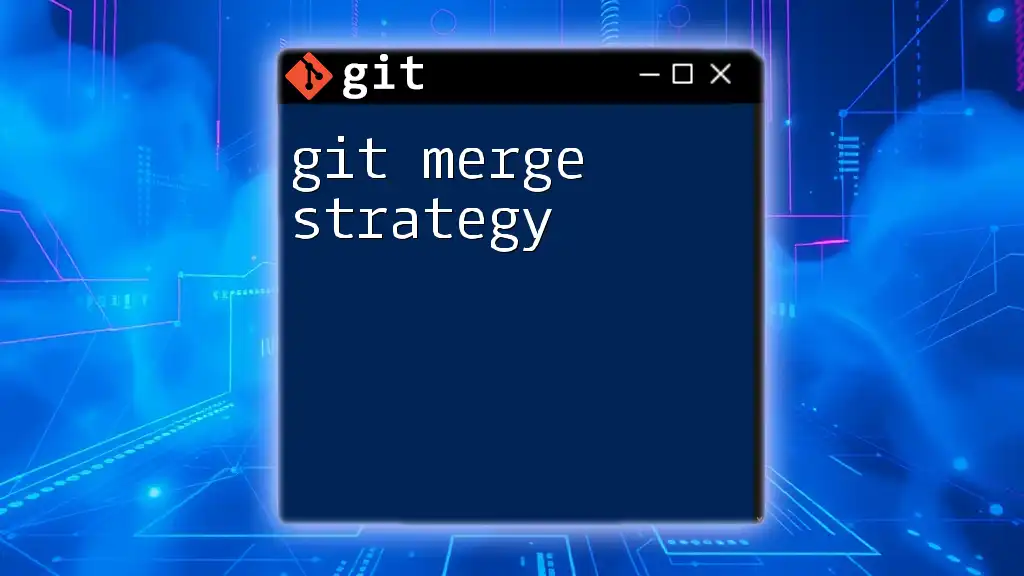When creating a pull request, adhering to git commit message best practices ensures clarity and facilitates easier code review and approval by providing concise and informative insights about the changes made.
git commit -m "Fix bug causing crash on login [#1234]" -m "Refactored the authentication module to improve performance."
Understanding Git Commit Messages
What is a Commit Message?
A commit message is a brief description that accompanies each change you make in a Git repository. This message is crucial as it helps collaborators understand the context of changes made over time. A typical commit message contains three components:
- Header: A succinct summary of what the commit accomplishes.
- Body: A detailed explanation of the changes, often including the reasons behind them.
- Footer: Optional note linking to related issues or mentioning breaking changes.
Example of a well-structured commit message:
Add user authentication feature
Implement a new user authentication system that supports sign-up, login, and password recovery.
Utilize JWT for secure token management.
Closes #42
Why Commit Messages Matter
Commit messages serve an essential role in collaborative projects. They provide context not just for the original developer but for anyone who may work on the code later. When properly documented, they allow for quick understanding during code reviews and can speed up the debugging process in the future.
Not only do clear commit messages aid in tracing changes, but they also facilitate accountability. For instance, when a bug arises, the history of commit messages can guide a developer directly to the change that introduced it.
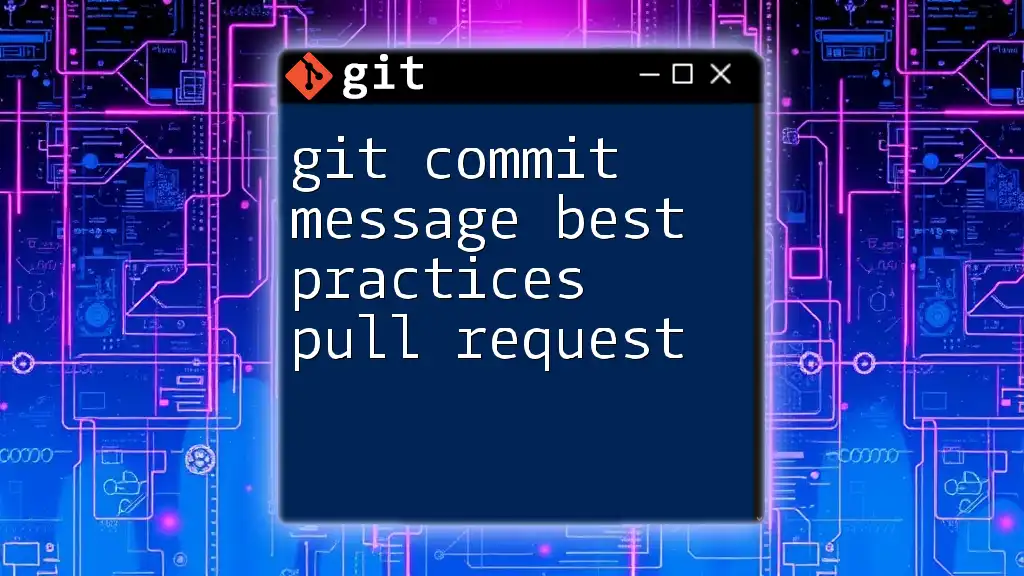
Structure of a Good Commit Message
The Three Parts of a Commit Message
Writing the Header
The header is the first line of your commit message and often serves as the commit’s title. To make it effective:
- Use the imperative mood, as if you're instructing the codebase to perform an action (e.g., "Add," "Update," "Fix").
- Keep it brief—ideally under 50 characters.
Example of a good header:
Update README with installation instructions
A poor header might read:
I fixed the README file
Crafting the Body
You should include a body if your changes require more explanation. This component allows a deeper dive into the rationale behind the changes. Spend time detailing:
- What changes were made.
- Why they were necessary.
- Any side effects or considerations.
Example of a well-written body:
This update improves the installation instructions to clarify the prerequisites required for setup on both macOS and Linux.
This addresses feedback from several users who struggled with the process.
Utilizing the Footer Effectively
The footer is often overlooked but can hold valuable information, such as linking to relevant issues or indicating breaking changes. Whenever you address or resolve an issue, it’s good practice to include a reference in this section.
Example of effective footer usage:
Related issues: #24, #56
Breaking change: The function `authenticateUser` now requires `email` as a parameter.
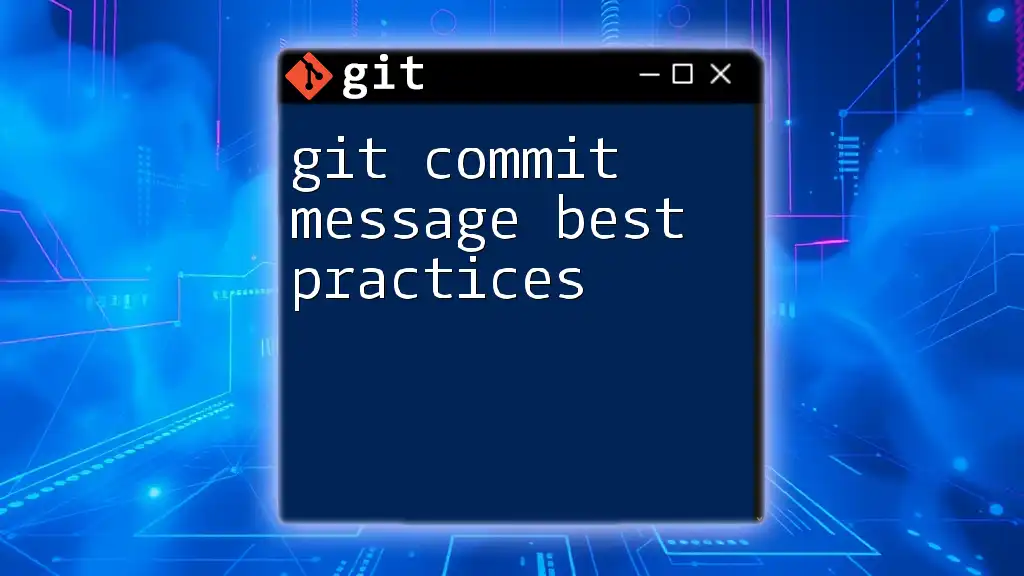
Commit Message Formatting Best Practices
Be Consistent
Establishing a consistent format for your commit messages across the team is paramount. This common language fosters understanding and quick navigation through the Git history.
Common structured formats include:
- Conventional Commits: Uses specific keywords to clarify the type of changes (e.g., `feat`, `fix`, `chore`).
- Gitmoji: Incorporates emojis to visually represent the type of change.
Tagging Commits Appropriately
Effective tagging in your commits can enhance clarity regarding what changes are associated with which tasks.
Common tags to use include:
- feat: for new features.
- fix: for bug fixes.
- chore: for routine tasks that do not change the code.
Examples:
feat: Add new payment options to the checkout process
fix: Resolve issue with login timeout
chore: Update dependencies to latest stable version
Use of References and Links
Linking commits to associated issues adds depth and clarity. Use references to outline connections and dependencies, allowing team members to follow along with related discussions and changes easily.
Example:
Refactor payment processing logic to enhance modularity. Related to issue #45.
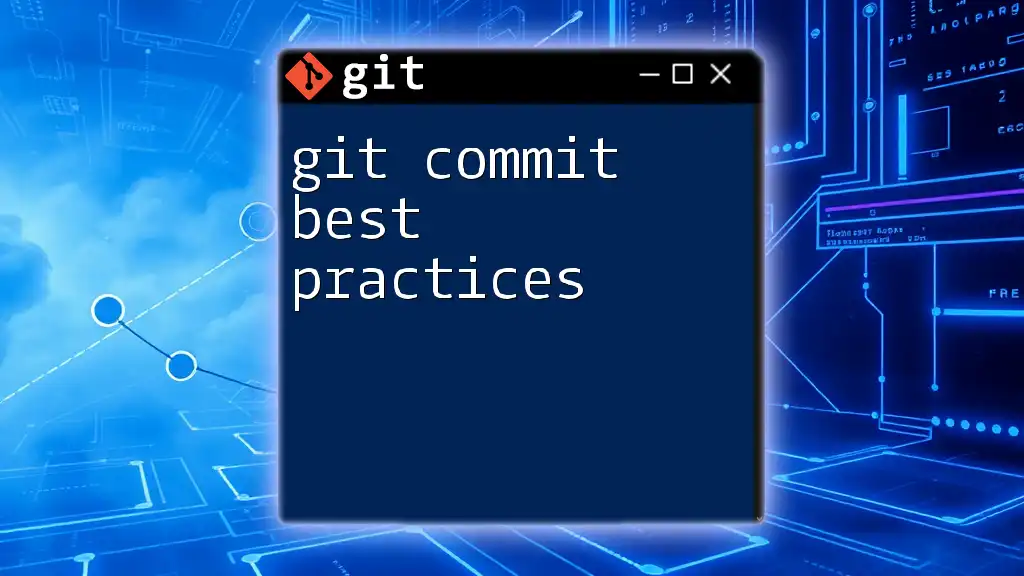
The Impact of Commit Messages on Pull Requests
How Commit Messages Influence Code Reviews
Commit messages are not just notes; they also play a significant role in the pull request lifecycle. A well-structured commit message can make it easier for reviewers to comprehend the changes and the reasoning behind them. The clear narration in the commit helps foster productive discussions around code quality and design.
Ensuring Clarity and Context in Pull Requests
Including summaries of commit messages in pull request descriptions can provide additional clarity. Summarize key changes that pertain to the pull request, ensuring that collaborators spend less time deciphering the code and more time reviewing.
Example of a well-crafted pull request summary:
### Summary of Changes
This pull request implements user profile CRUD operations through the following commits:
- **feat(profile)**: Add create functionality for user profiles
- **fix(profile)**: Correct issue with profile image upload
- **chore**: Refactor profile services for better test coverage
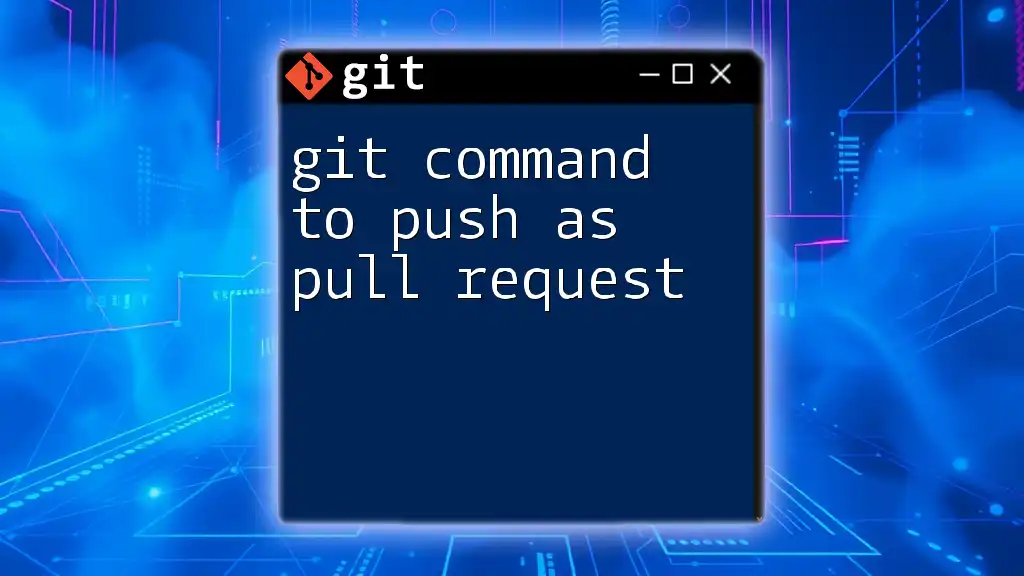
Collaborating Effectively with Commit Messages
Encouraging Team Best Practices
Creating a culture of strong commit message practices can significantly benefit team collaboration. Start by setting up specific norms around how commits are crafted.
Conduct workshops or sessions to educate team members on the best practices, providing examples and even discussing the impacts of poor messaging.
Tools for Improving Commit Message Quality
There are various tools available to help enforce commit message standards. Tools like commit linting or pre-commit hooks can automatically check commit formats before changes are pushed. Integrating these checks into CI/CD pipelines can help maintain quality and consistency throughout development.
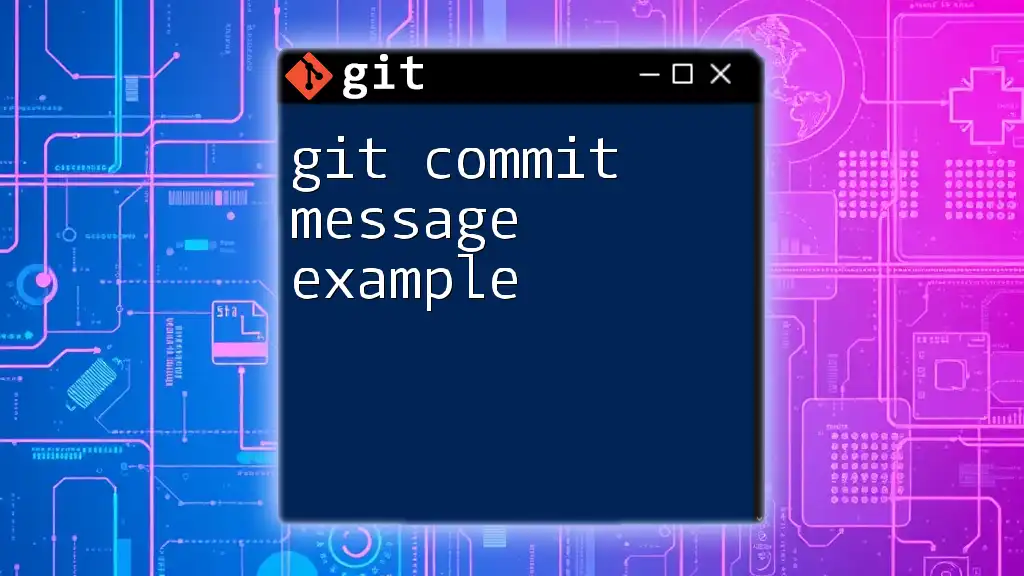
Real-World Examples and Case Studies
Case Study 1: Successful Implementation of Commit Standards
In one company that implemented rigorous commit message guidelines, they saw a 20% reduction in the time spent on code reviews. By establishing specific formats and encouraging teams to follow them, the quality of input during reviews improved dramatically.
Case Study 2: The Consequences of Poor Commit Messages
Conversely, a different organization experienced deeply tangled commit histories due to unclear messages. Miscommunication led to duplicated efforts and caused significant project delays. Once they revamped their commit message practices, clarity emerged, leading to streamlined workflow and enhanced productivity.
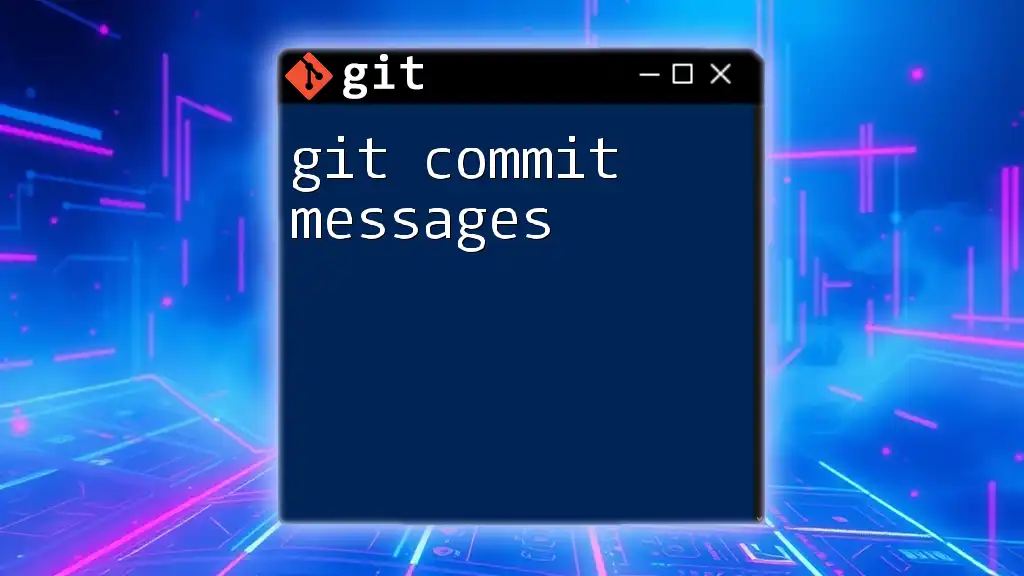
Conclusion
As you can see, adhering to git commit message best practices is essential for effective pull request approval processes. Clear and well-structured commit messages improve collaboration, increase efficiency during code reviews, and enhance overall project maintainability.
Incorporate these best practices into your workflow, and foster a culture of effective communication that saves time and improves code quality. Keep pushing the envelope on transparency in your development cycle, and ultimately your team will benefit immeasurably. Embrace these strategies and document your own practices—every contribution matters!
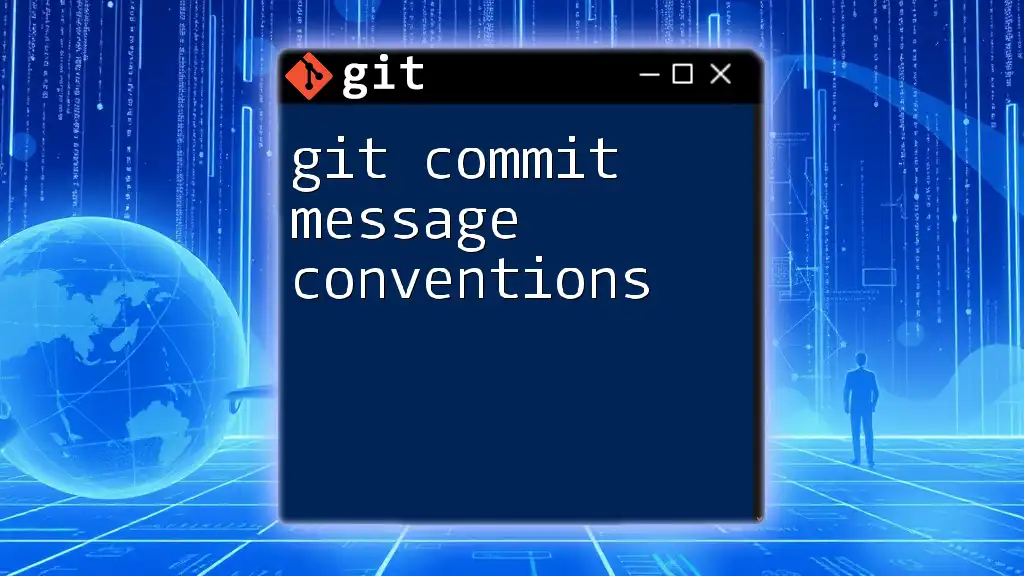
Additional Resources
To further enhance your understanding of Git commit messages and pull request processes, consider exploring additional articles, tools, and workshops dedicated to effective Git usage and collaboration best practices. Together, let’s strive for a more organized and communicative development environment!

